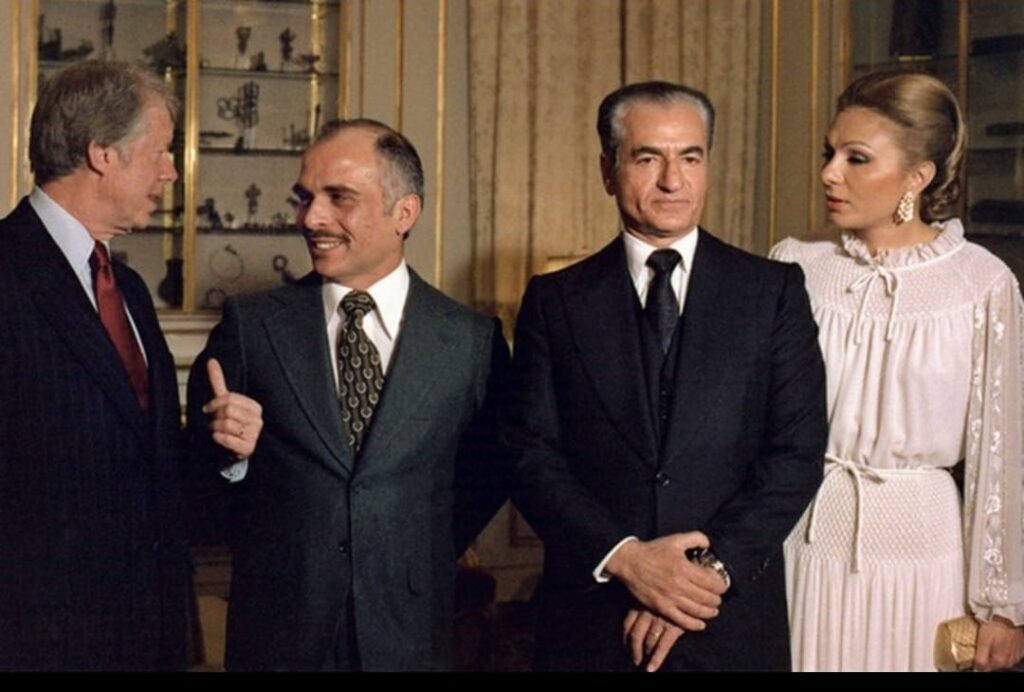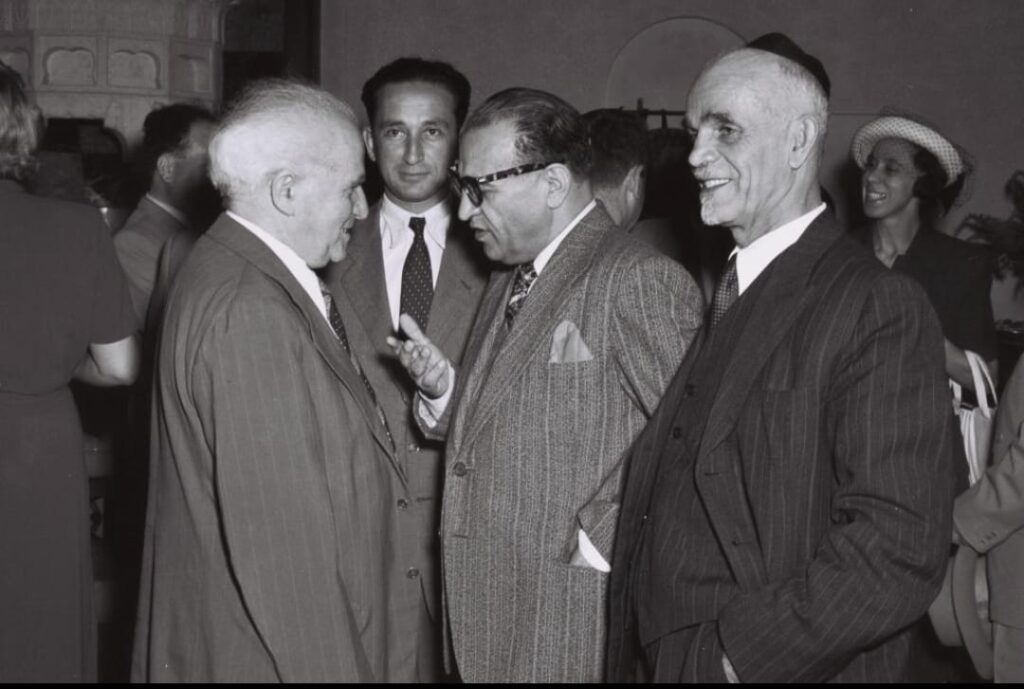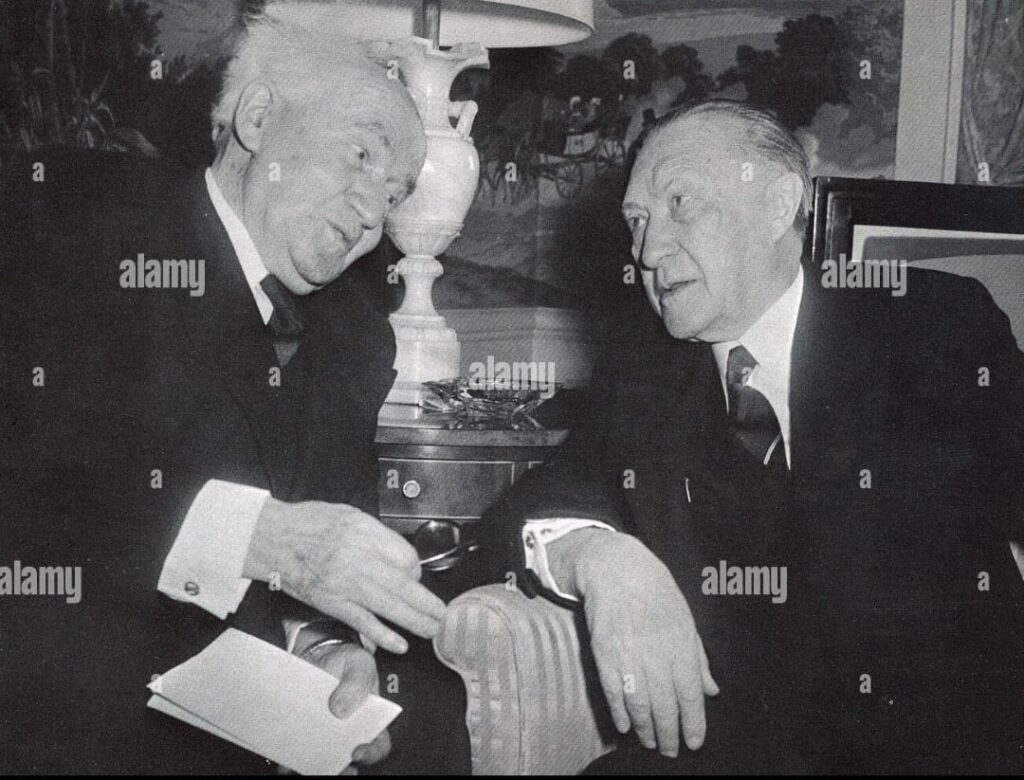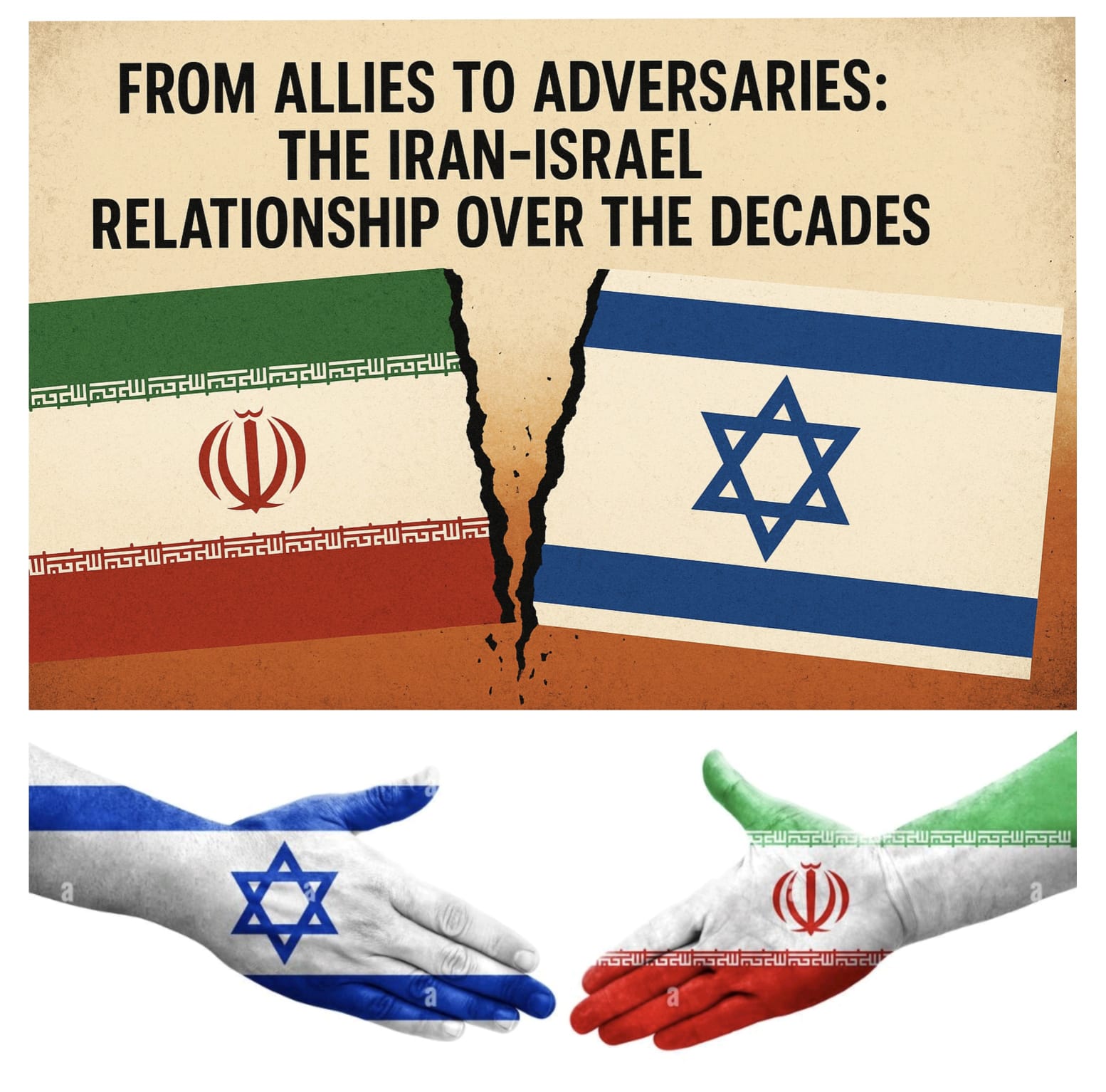Once regarded as unlikely allies, Iran and Israel have seen their relationship spiral into hostility, particularly in recent weeks. On June 13, Israel launched a series of airstrikes targeting nuclear sites and military installations within Iran, marking a significant milestone in the prolonged hostilities between these two countries. As per the report by NDTV, the strikes resulted in the deaths of nuclear scientists and several officers from the Islamic Revolutionary Guard Corps, with Tehran alleging civilian casualties as well. In retaliation, Iran fired ballistic missiles at Israeli military positions, compromising the effectiveness of Israel’s acclaimed ‘Iron Dome’ defense system.
The ongoing conflict, which began on June 9, 2023, intensified further as Iranian missile strikes reached the heart of central Tel Aviv, precisely where the Israeli Defense Forces are headquartered. As Israeli Prime Minister Benjamin Netanyahu declared that the war could only conclude with the death of Iran’s Supreme Leader, Ayatollah Ali Khamenei, the situation has escalated into a full-blown military conflict. The complicated history between the two nations serves as a backdrop to their bitter rivalry.
Understanding the Shift from Friendship to Hostility
The Iran-Israel dynamic was not always defined by animosity. In fact, the two nations once shared a bond that was interwoven with political and economic interests, primarily due to their mutual alignment with the United States during the Cold War era. In 1948, while many Muslim-majority countries rejected the existence of the newly formed state of Israel, Iran was a notable exception. Under the leadership of Shah Mohammad Reza Pahlavi, Iran recognized Israel, laying the groundwork for a unique partnership.

Throughout the late 20th century, this alliance flourished, bolstered by the Periphery Doctrine championed by ex-Israeli Prime Minister David Ben Gurion. This doctrine aimed to create alliances with non-Arab nations, including Iran, Turkey, and Ethiopia. The collaboration focused on economic cooperation and intelligence sharing. Notably, Iran supplied Israel with oil during the Arab nations’ boycott after the Six-Day War, while infrastructure growth in Iran received support from Israeli resources.

However, everything changed following the Islamic Revolution in 1979, which resulted in the overthrow of Shah Pahlavi and led to a dramatic shift in Iran’s political landscape. The newly established Islamic Republic under Ayatollah Khomeini not only severed ties with Israel but also branded it as an ‘enemy of Islam.’ This marked the beginning of a long and antagonistic relationship characterized by conflict, allegations of sabotage, and military confrontations.
The Fallout: Proxy Wars and Terrorism
The 1980s and 1990s saw Iran emerge as a pivotal sponsor of militant groups, fueling violence against Israel. Following Israel’s invasion of Lebanon in 1982, Iran provided support to Hezbollah, an armed group aimed at resisting Israeli occupation and influence in the region. This support evolved from financial assistance to arms training and operational strategy, fundamentally altering the military landscape of the Middle East.

In a notable escalation of tensions, Iranian leaders, including Ayatollah Ali Khamenei, referred to Israel as a ‘cancerous tumor,’ calling for its removal from the region. Khamenei’s inflammatory rhetoric peaked in December 2000 when he insisted that “Palestine belongs to Palestinians” and asserted that their fate should be determined without Israeli interference.
Fast-forward to 2023; the proxy warfare landscape saw a violent resurgence following the October 7 terror attacks by Hamas on Israel, ultimately leading to a significant Israeli military operation against Gaza. These developments demonstrated the growing complexity of the Iranian-Israeli conflict, particularly as both countries find themselves engaged in constant military posturing and strategic initiatives to undermine the other.
Current Escalation: Recent Military Operations
The renewed confrontations are just the latest chapter in a long narrative steeped in bloodshed. Following Israeli airstrikes targeting nuclear assets and military installations in June, Iranian Foreign Minister Abbas Araghchi condemned these attacks, stating that Israel had crossed a “new red line.” His remarks underline the critical and precarious nature of the ongoing conflict.
These military operations have stirred concerns regarding the potential for an all-out war. With Netanyahu emphasizing the necessity of eliminating Khamenei to secure Israeli survival, the geopolitical climate has become increasingly volatile. Both nations seem prepared to escalate their military strategies further, thus jeopardizing the fragile stability of the region.
In light of these escalating tensions, analysts have raised alarms about the implications for the broader Middle East. Experts warn that the deteriorating Iran-Israel relationship could spark wider conflict, impacting neighboring countries and global politics. Moreover, the potential for further nuclear development in Iran prompts fears of an arms race, further complicating diplomatic efforts.
A Look Ahead: Regional and Global Implications
As this conflict continues to evolve, the international community is closely monitoring the situation. With the potential for a regional war on the horizon, the implications could resonate far beyond the borders of Iran and Israel. The United States, amid its delicate diplomatic negotiations and commitments in the region, has a vested interest in the outcome, aiming to combat nuclear proliferation while addressing the immediate humanitarian and security concerns.
The situation also has roots in longstanding historical grievances, compounded by ongoing territorial disputes, religious animosity, and the rise of extremist groups that thrive on the chaos. The challenge lies in the ability of global powers to mediate and mitigate the conflict while addressing the underlying issues that have driven Iran and Israel apart.
As we observe the unfolding situation, it’s imperative to remember the once cooperative spirit between Iran and Israel. The current instability serves as a poignant reminder of how alliances can morph into adversarial relationships, radically reshaping the geopolitical landscape.
For related discussions on Israel’s complex relationships in the region, see Israel and Gaza or explore Iran’s Role in Middle Eastern Politics. Stay updated with comprehensive coverage on this developing story by following credible sources such as BBC News and Al Jazeera.
DISCLAIMER
We have taken every measure to ensure that the information in this article and on our social media platforms is accurate, verified, and obtained from reliable sources. For feedback or complaints, please contact us at info@hamslive.com.


